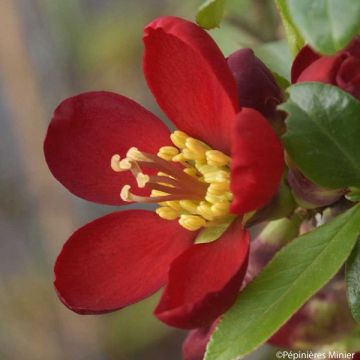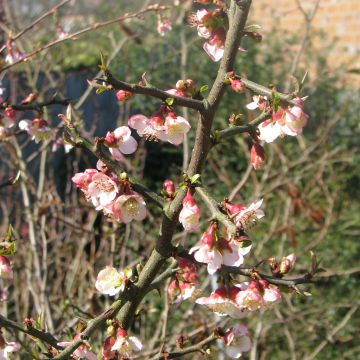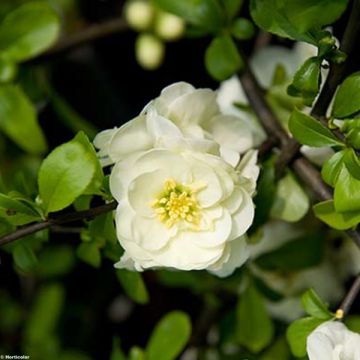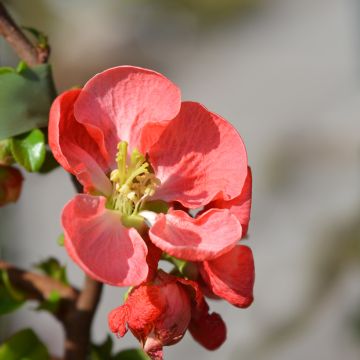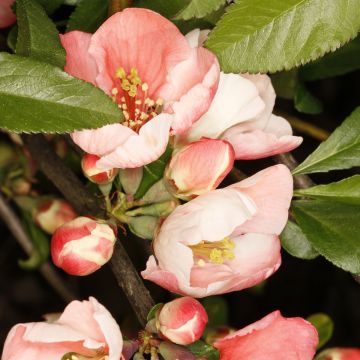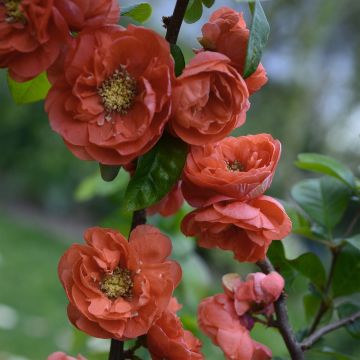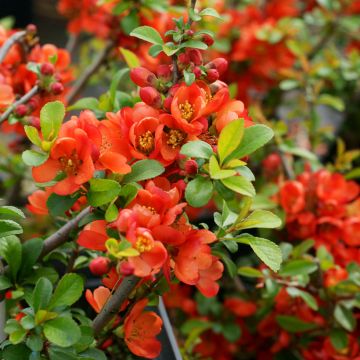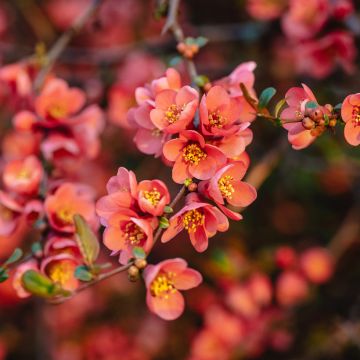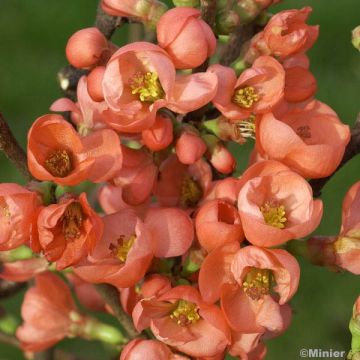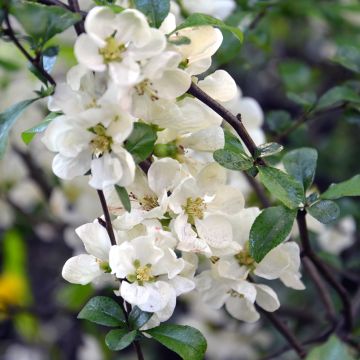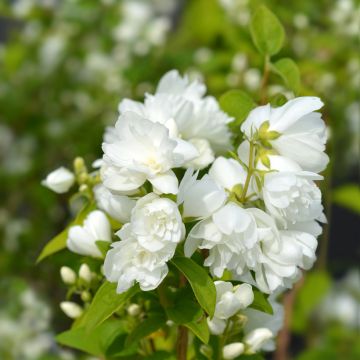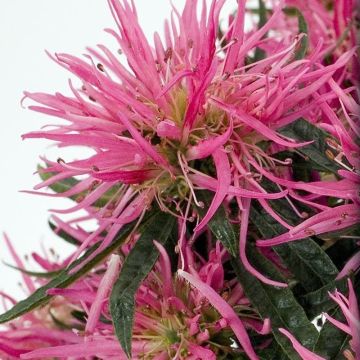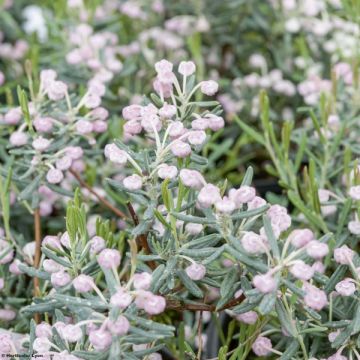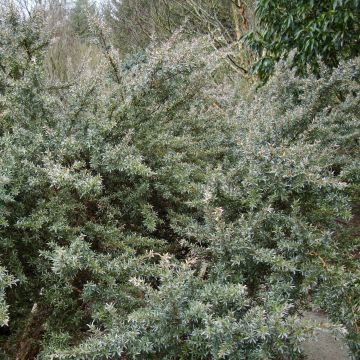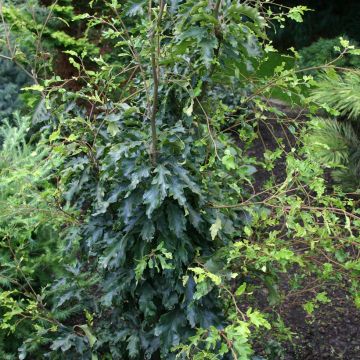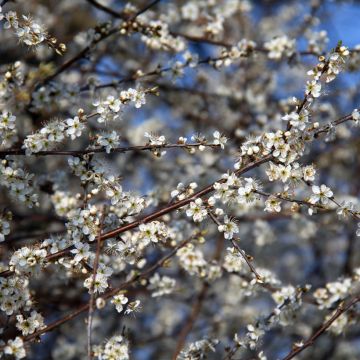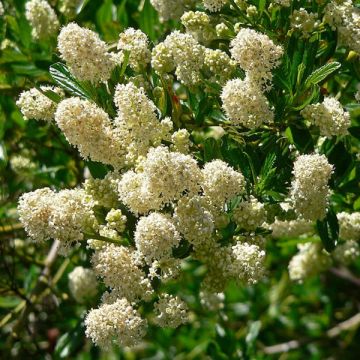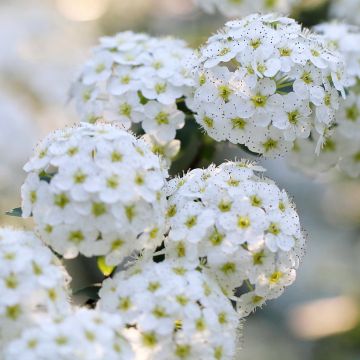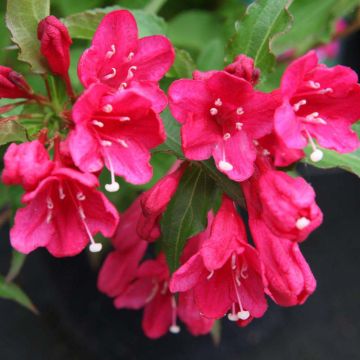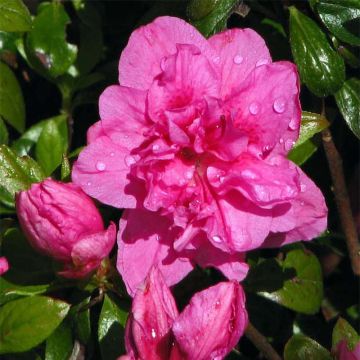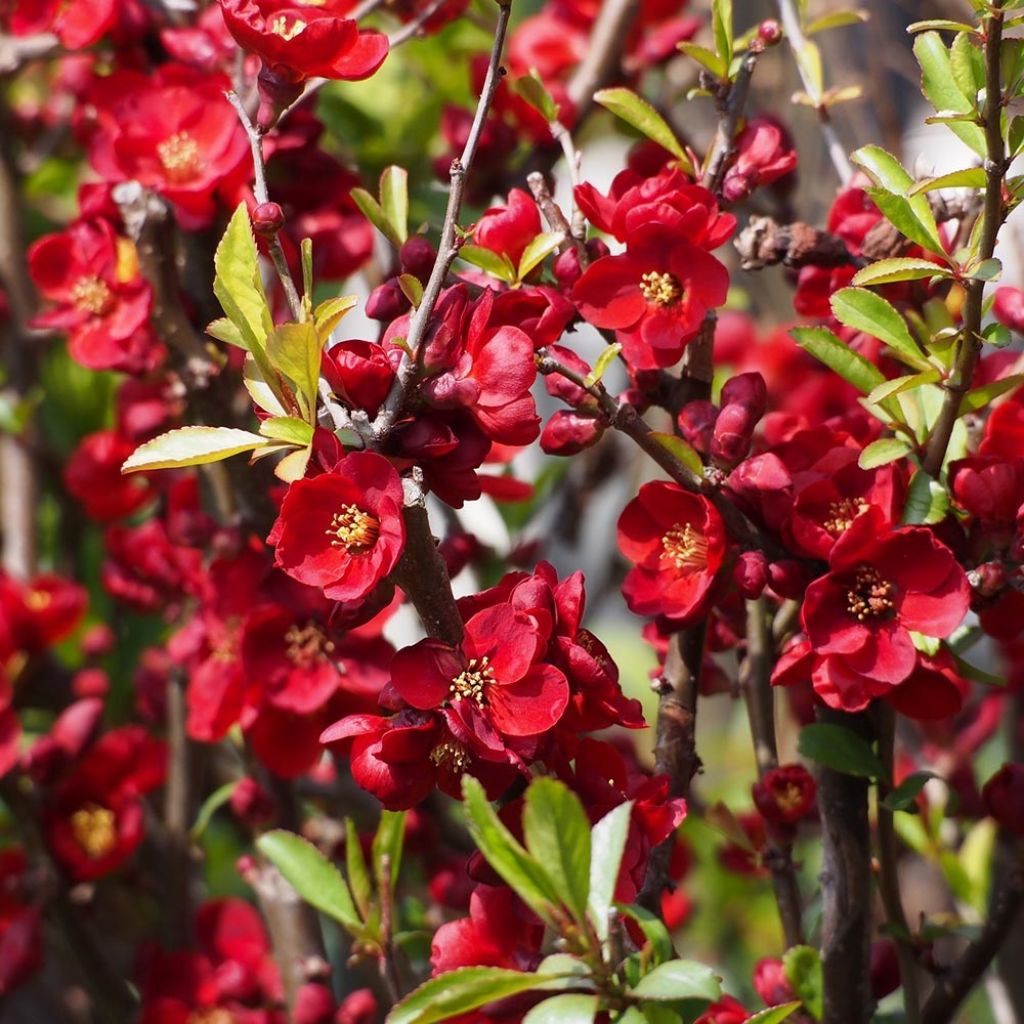

Chaenomeles superba Hollandia - Flowering Quince
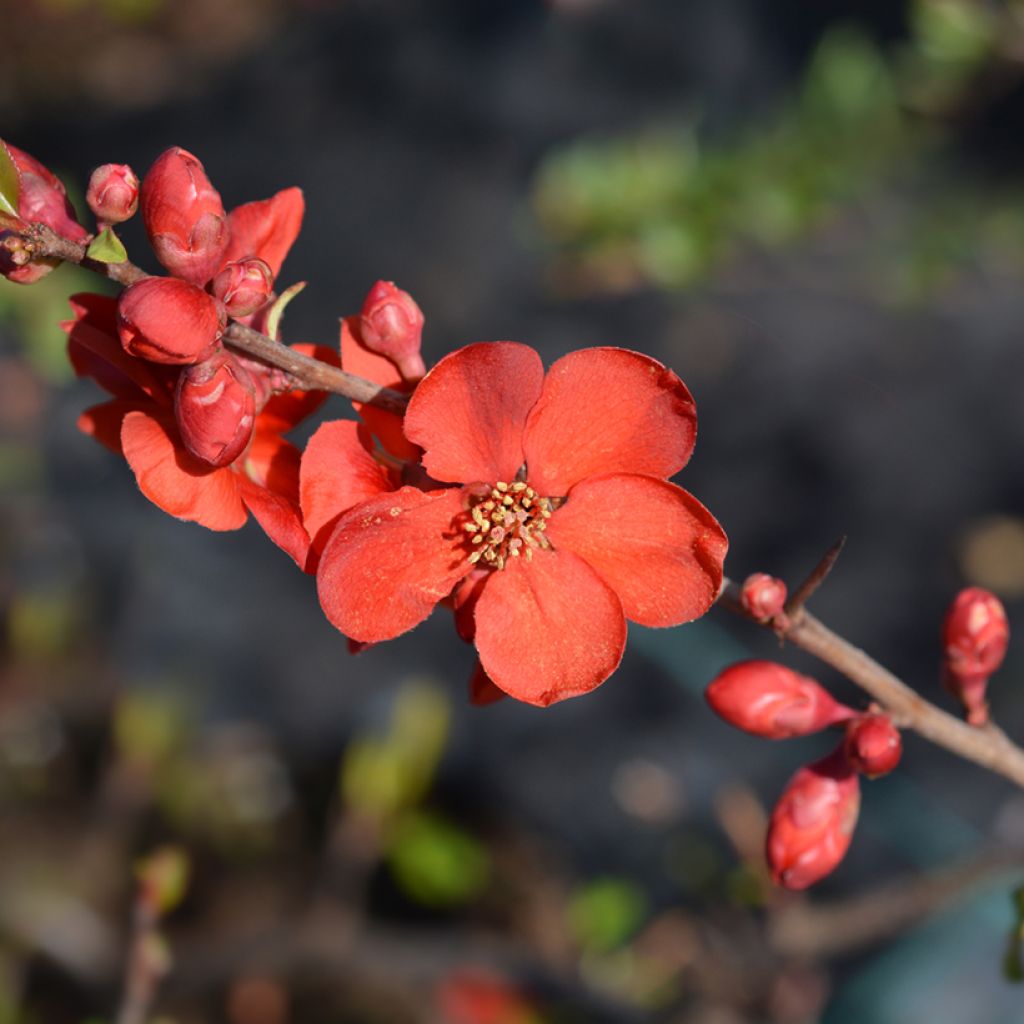

Chaenomeles superba Hollandia - Flowering Quince
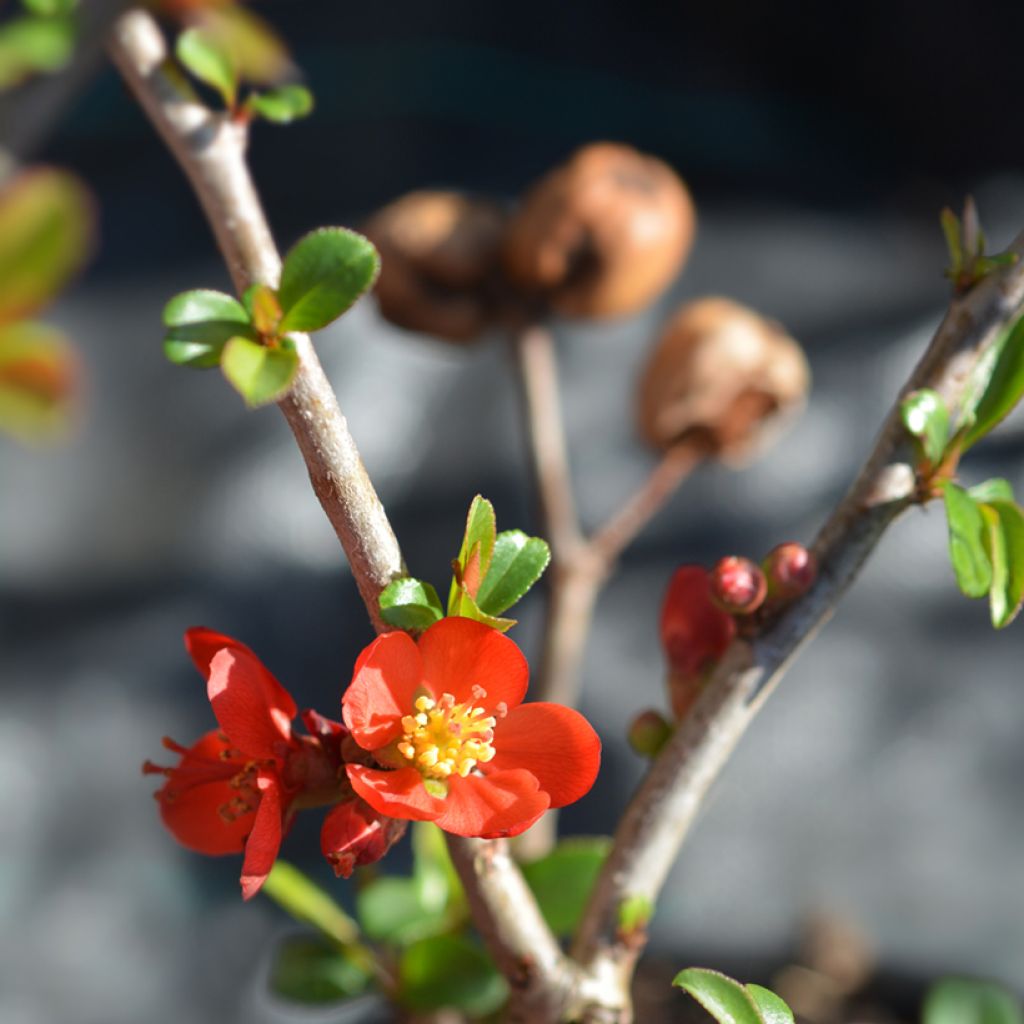

Chaenomeles superba Hollandia - Flowering Quince
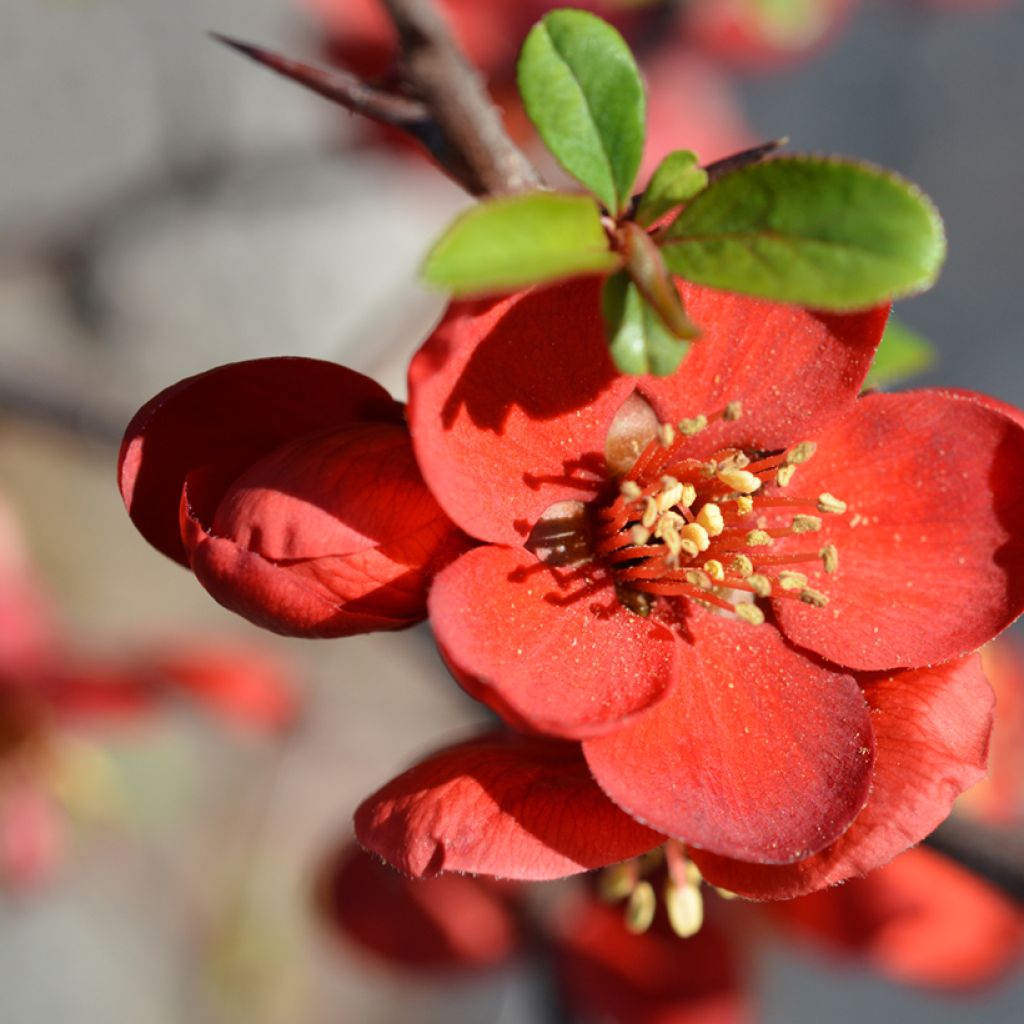

Chaenomeles superba Hollandia - Flowering Quince
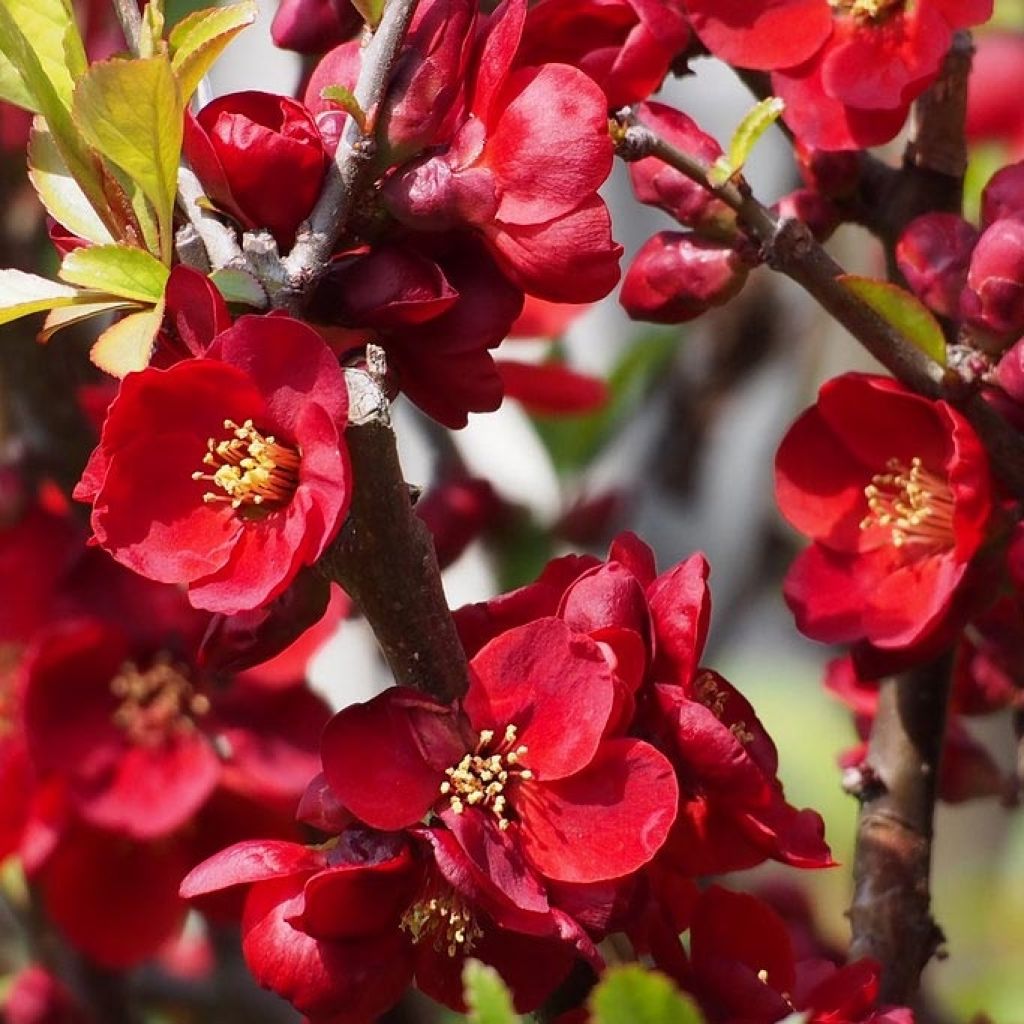

Chaenomeles superba Hollandia - Flowering Quince
Chaenomeles superba Hollandia - Flowering Quince
Chaenomeles x superba Hollandia
Japanese Quince, Flowering quince
This item cannot be shipped to the selected country
Delivery charge from €5.90
More information
Schedule delivery date,
and select date in basket
This plant carries a 24 months recovery warranty
More information
We guarantee the quality of our plants for a full growing cycle, and will replace at our expense any plant that fails to recover under normal climatic and planting conditions.
From €5.90 for pickup delivery and €6.90 for home delivery
Express home delivery from €8.90.
Does this plant fit my garden?
Set up your Plantfit profile →
Description
Chaenomeles x superba 'Hollandia' is a vigorous and sturdy variety of Japanese quince, with a vibrant flowering in late winter. Its single flowers, occasionally semi-double, display a colour ranging from vermilion red to scarlet, which does not go unnoticed at the end of winter, on its still leafless branches. The fruits, which ripen in October, resemble small, yellow, and very hard apples; although they are edible, their fragrance does not match that of true quinces. Curious gardeners can prepare the fruit as jelly. While this flowering quince is not a rare bush, it possesses undeniable charm and is one of the most accommodating plants one can offer to the garden. It only fears excessively chalky and dry soils.
Chaenomeles x superba is a horticultural hybrid obtained around 1900 by G. Frahm in a German nursery. It is the result of cross-breeding between Chaenomeles japonica, the true Japanese quince, and its close relative, C. speciosa. These two bushes from the Rosaceae family are native to East Asia and perfectly resistant to cold weather.
The 'Hollandia' cultivar is a slightly suckering bush, with fairly rapid growth and a very dense, rounded to slightly spreading habit. At maturity, it reaches an average height and spread of 1.5 m (5ft). Its flowering takes place in March-April, depending on the region, shortly before or at the same time as the appearance of the foliage. On its previous year's branches, adorned with long, fine, sharp thorns, flowers measuring 4cm (2in) in diameter bloom in clusters of 3 to 5. Cup-shaped, they consist of 5 to 8 petals of a very bright red surrounding a dark red stamen heart covered in yellow pollen. They are followed by the formation of globular and fragrant fruits, measuring 4 to 5cm (2in) in diameter, with a yellow colour. Its deciduous foliage, which falls in winter, is dark green, sometimes tinged with purple on young leaves. The entire and elongated oval-shaped leaves measure from 3 to 6cm (1 to 2in) in length.
The Japanese quince is a very robust plant, to the point that it sometimes survives amidst brambles in old abandoned hedges. It can be used in flowerbeds, as an informal or defensive hedge, or even in pots on a terrace or balcony. Bonsai enthusiasts also appreciate it. In a defensive hedge, it can be planted, for example, with rugosa roses, barberries, Poncirus trifoliata, Pyracantha, hawthorn, or sea buckthorn (Hippophae rhamnoides). Two or three vigorous climbing roses like 'Mermaid' or 'Paul's Himalayan Musk' placed between these bushes will further discourage wanderers or opportunists of all kinds from eating your strawberries, flowers, or apples.
An extract called cananga essence is obtained from the fruit, not to be confused with the one derived from Cananga odorata, the Ylang-ylang. It is also a medicinal plant.
Report an error about the product description
Chaenomeles superba Hollandia - Flowering Quince in pictures
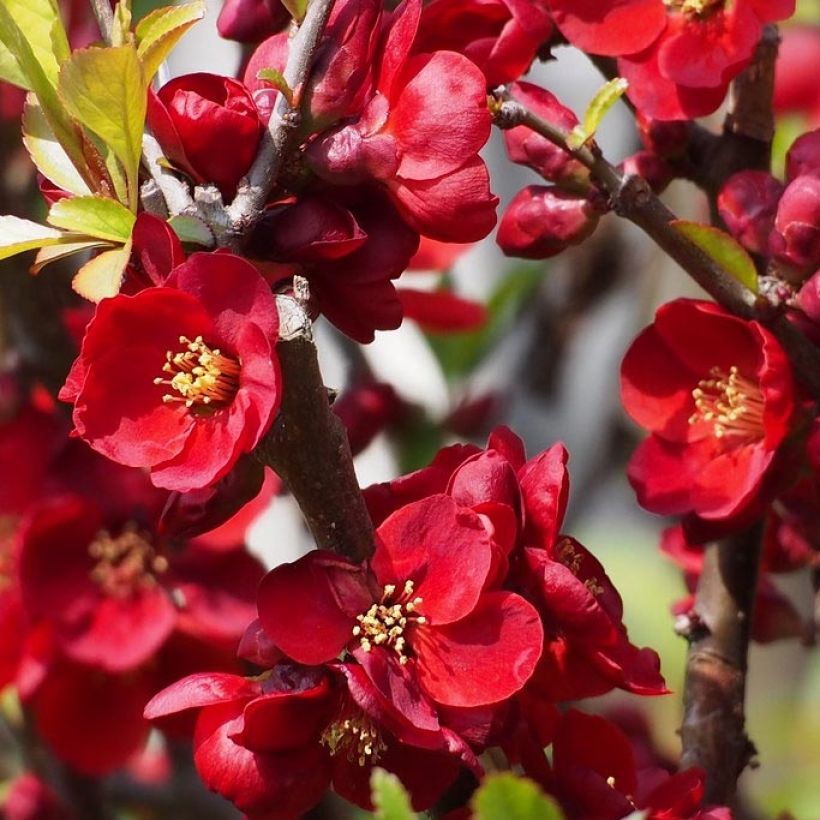

Plant habit
Flowering
Foliage
Botanical data
Chaenomeles
x superba
Hollandia
Rosaceae
Japanese Quince, Flowering quince
Cultivar or hybrid
Other Chaenomeles - Quince tree
Planting and care
Chaenomeles 'Hollandia' thrives in the sun. You can also grow it in partial shade, in sunnier regions. Plant it in ordinary, moist but well-drained soil. It will tolerate drought after 3 years of cultivation. It also tolerates limestone. It is a very easy plant to grow. When planting, mix your soil with compost. When grown as a hedge, space the plants 80cm (32in) apart. In a flower bed, the plants should be spaced 40 to 60cm (16 to 24in) apart. This Japanese quince is resistant to pollution. It requires little maintenance, apart from occasionally pruning the longest branches in spring, as they can become less floriferous.
Planting period
Intended location
Care
This item has not been reviewed yet - be the first to leave a review about it.
Spring-flowering shrubs
Haven't found what you were looking for?
Hardiness is the lowest winter temperature a plant can endure without suffering serious damage or even dying. However, hardiness is affected by location (a sheltered area, such as a patio), protection (winter cover) and soil type (hardiness is improved by well-drained soil).

Photo Sharing Terms & Conditions
In order to encourage gardeners to interact and share their experiences, Promesse de fleurs offers various media enabling content to be uploaded onto its Site - in particular via the ‘Photo sharing’ module.
The User agrees to refrain from:
- Posting any content that is illegal, prejudicial, insulting, racist, inciteful to hatred, revisionist, contrary to public decency, that infringes on privacy or on the privacy rights of third parties, in particular the publicity rights of persons and goods, intellectual property rights, or the right to privacy.
- Submitting content on behalf of a third party;
- Impersonate the identity of a third party and/or publish any personal information about a third party;
In general, the User undertakes to refrain from any unethical behaviour.
All Content (in particular text, comments, files, images, photos, videos, creative works, etc.), which may be subject to property or intellectual property rights, image or other private rights, shall remain the property of the User, subject to the limited rights granted by the terms of the licence granted by Promesse de fleurs as stated below. Users are at liberty to publish or not to publish such Content on the Site, notably via the ‘Photo Sharing’ facility, and accept that this Content shall be made public and freely accessible, notably on the Internet.
Users further acknowledge, undertake to have ,and guarantee that they hold all necessary rights and permissions to publish such material on the Site, in particular with regard to the legislation in force pertaining to any privacy, property, intellectual property, image, or contractual rights, or rights of any other nature. By publishing such Content on the Site, Users acknowledge accepting full liability as publishers of the Content within the meaning of the law, and grant Promesse de fleurs, free of charge, an inclusive, worldwide licence for the said Content for the entire duration of its publication, including all reproduction, representation, up/downloading, displaying, performing, transmission, and storage rights.
Users also grant permission for their name to be linked to the Content and accept that this link may not always be made available.
By engaging in posting material, Users consent to their Content becoming automatically accessible on the Internet, in particular on other sites and/or blogs and/or web pages of the Promesse de fleurs site, including in particular social pages and the Promesse de fleurs catalogue.
Users may secure the removal of entrusted content free of charge by issuing a simple request via our contact form.
The flowering period indicated on our website applies to countries and regions located in USDA zone 8 (France, the United Kingdom, Ireland, the Netherlands, etc.)
It will vary according to where you live:
- In zones 9 to 10 (Italy, Spain, Greece, etc.), flowering will occur about 2 to 4 weeks earlier.
- In zones 6 to 7 (Germany, Poland, Slovenia, and lower mountainous regions), flowering will be delayed by 2 to 3 weeks.
- In zone 5 (Central Europe, Scandinavia), blooming will be delayed by 3 to 5 weeks.
In temperate climates, pruning of spring-flowering shrubs (forsythia, spireas, etc.) should be done just after flowering.
Pruning of summer-flowering shrubs (Indian Lilac, Perovskia, etc.) can be done in winter or spring.
In cold regions as well as with frost-sensitive plants, avoid pruning too early when severe frosts may still occur.
The planting period indicated on our website applies to countries and regions located in USDA zone 8 (France, United Kingdom, Ireland, Netherlands).
It will vary according to where you live:
- In Mediterranean zones (Marseille, Madrid, Milan, etc.), autumn and winter are the best planting periods.
- In continental zones (Strasbourg, Munich, Vienna, etc.), delay planting by 2 to 3 weeks in spring and bring it forward by 2 to 4 weeks in autumn.
- In mountainous regions (the Alps, Pyrenees, Carpathians, etc.), it is best to plant in late spring (May-June) or late summer (August-September).
The harvesting period indicated on our website applies to countries and regions in USDA zone 8 (France, England, Ireland, the Netherlands).
In colder areas (Scandinavia, Poland, Austria...) fruit and vegetable harvests are likely to be delayed by 3-4 weeks.
In warmer areas (Italy, Spain, Greece, etc.), harvesting will probably take place earlier, depending on weather conditions.
The sowing periods indicated on our website apply to countries and regions within USDA Zone 8 (France, UK, Ireland, Netherlands).
In colder areas (Scandinavia, Poland, Austria...), delay any outdoor sowing by 3-4 weeks, or sow under glass.
In warmer climes (Italy, Spain, Greece, etc.), bring outdoor sowing forward by a few weeks.

































